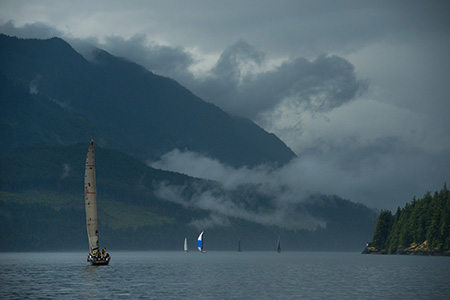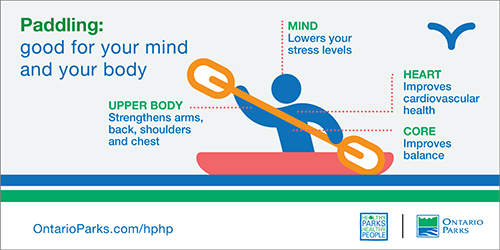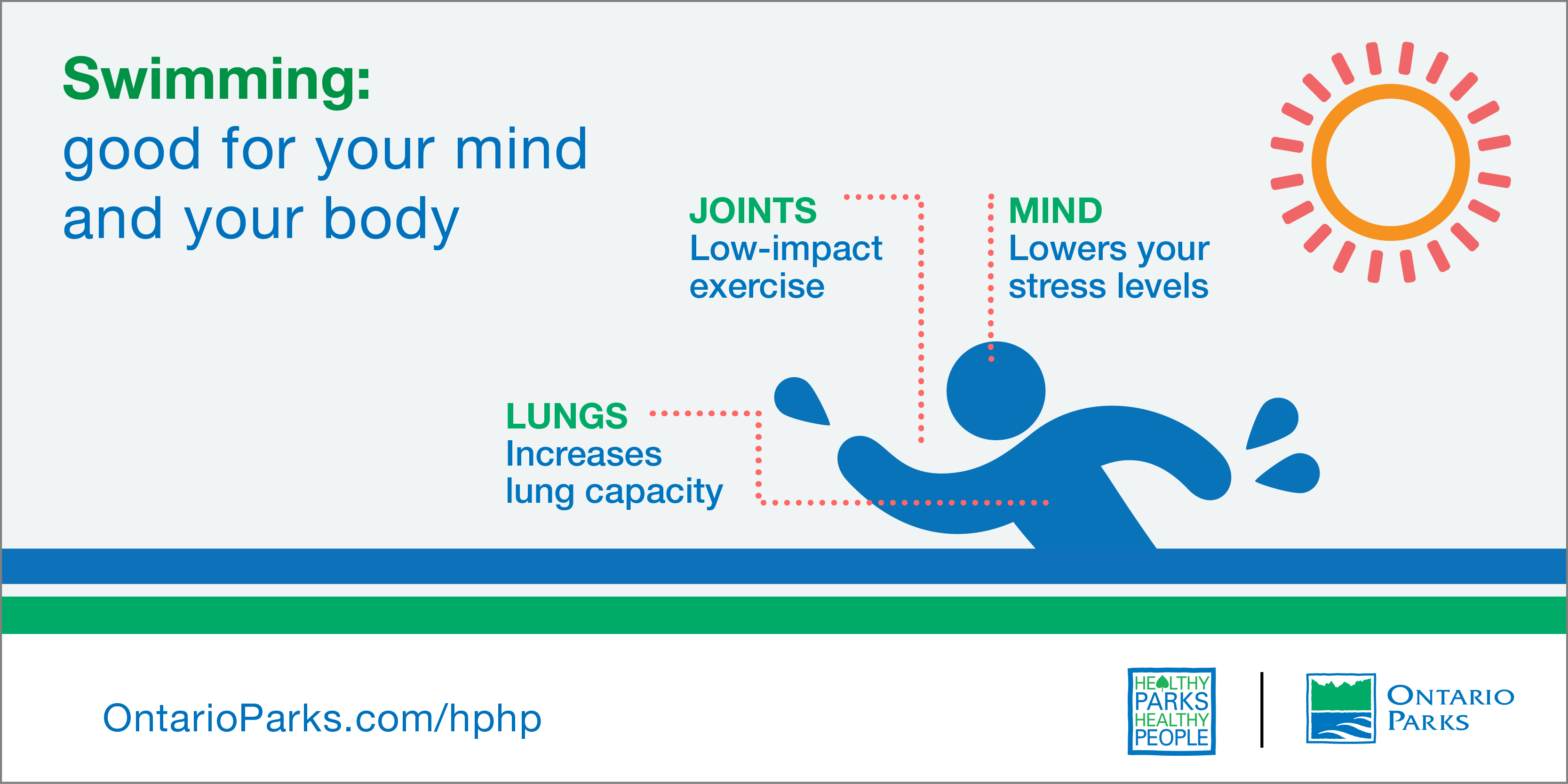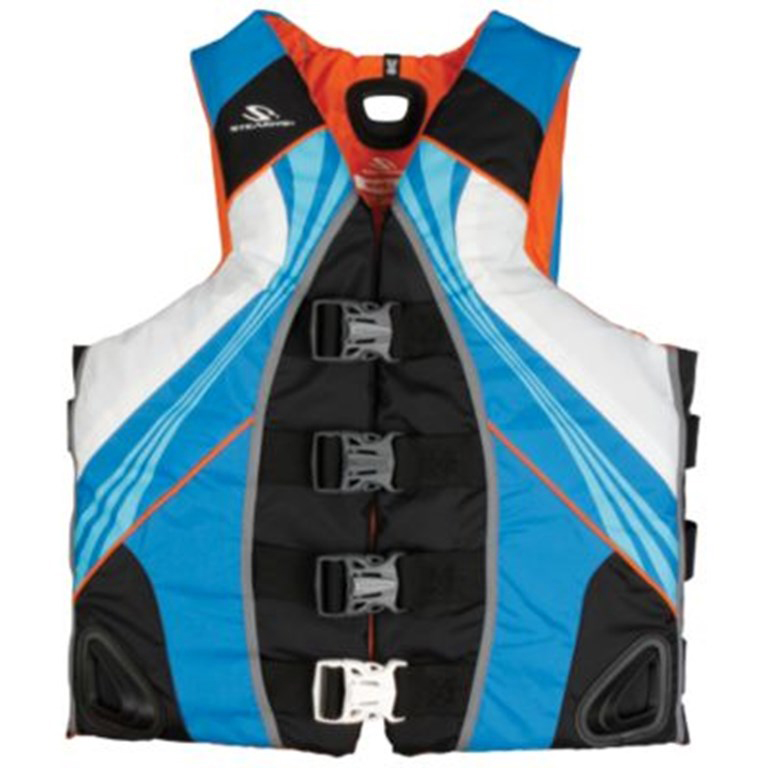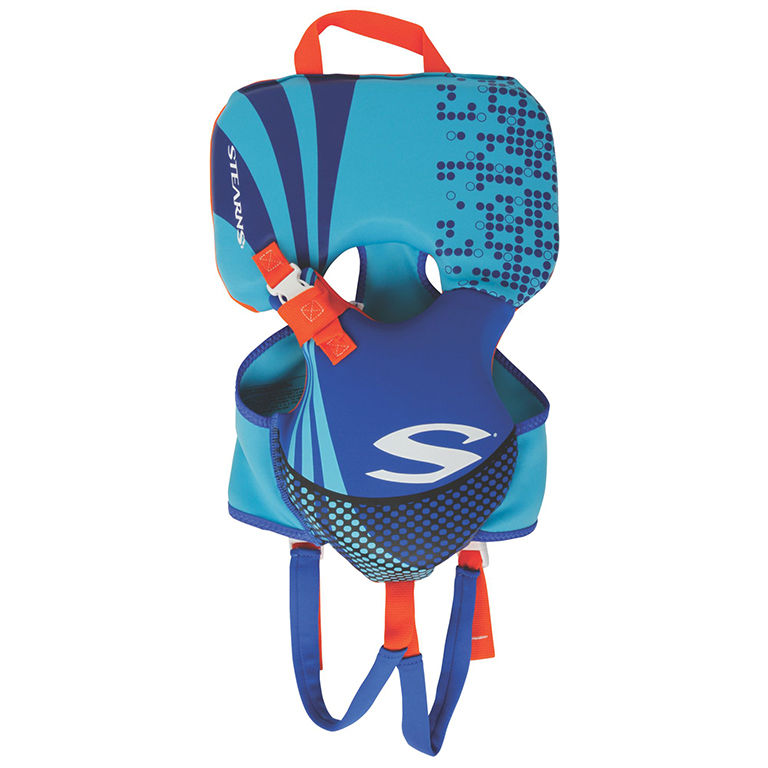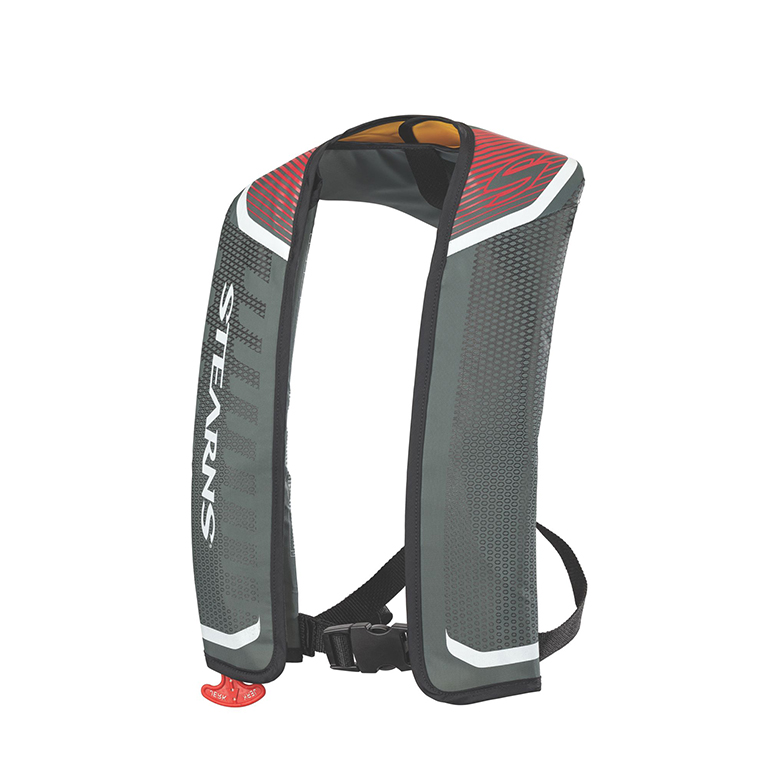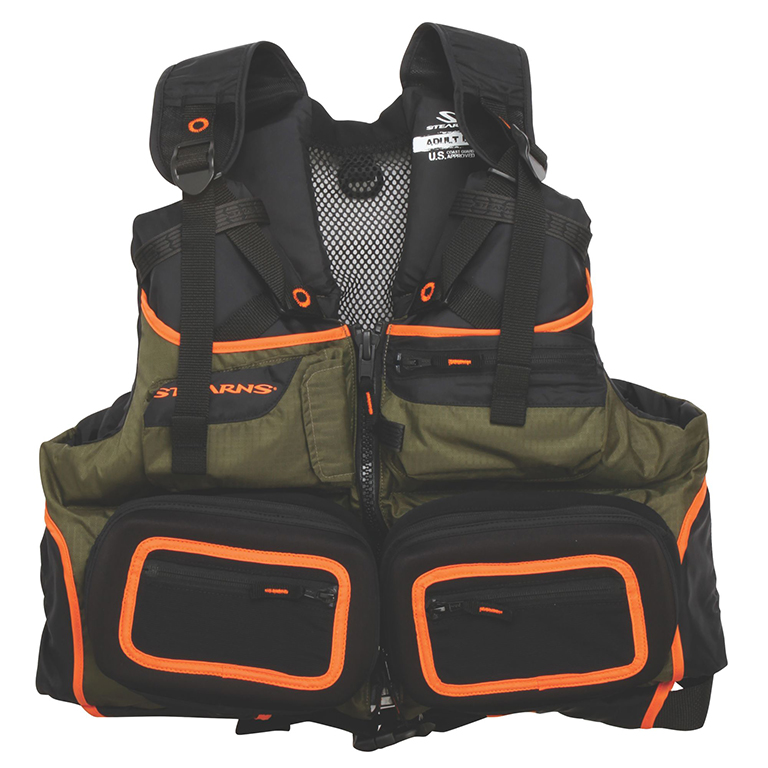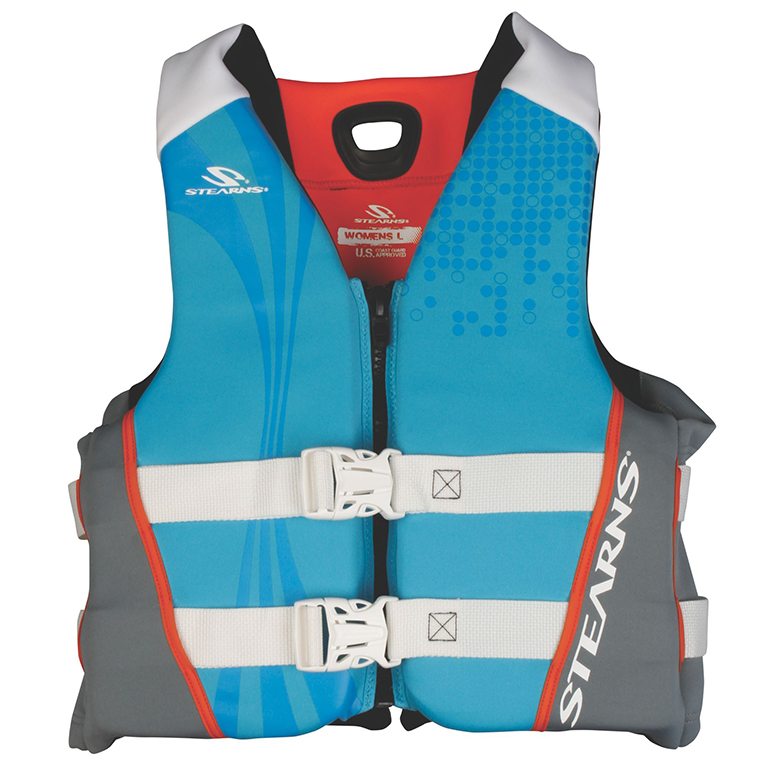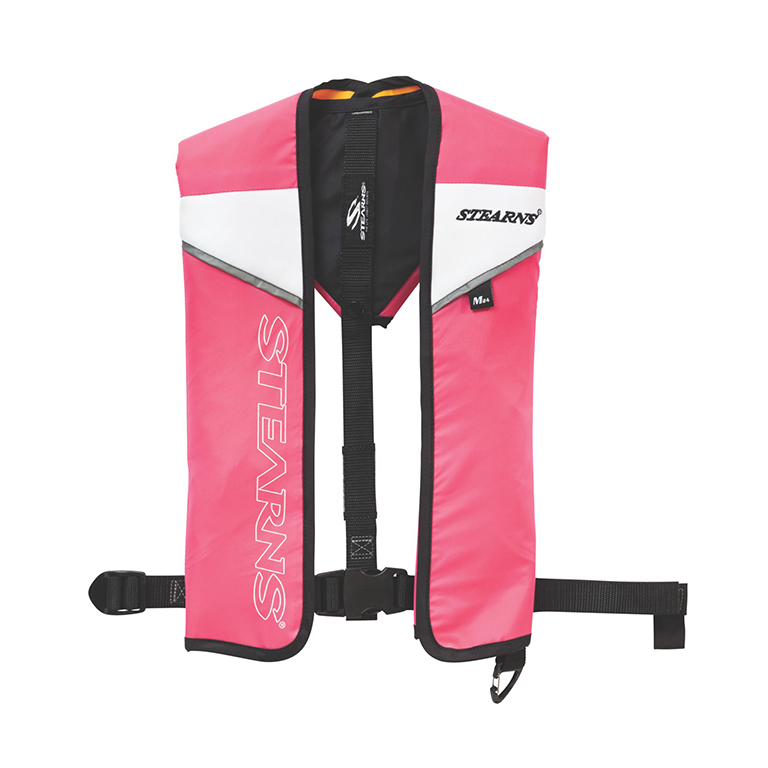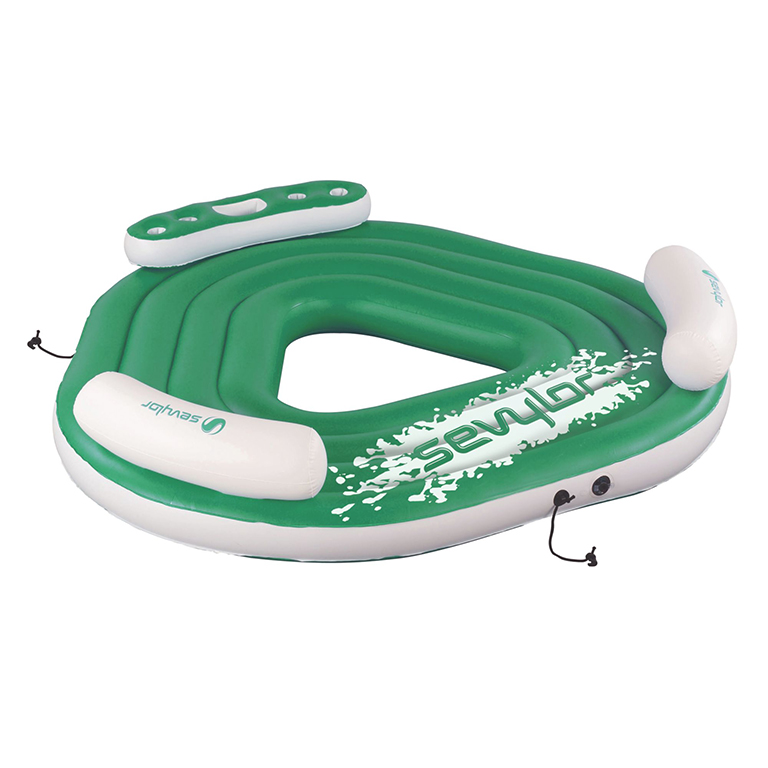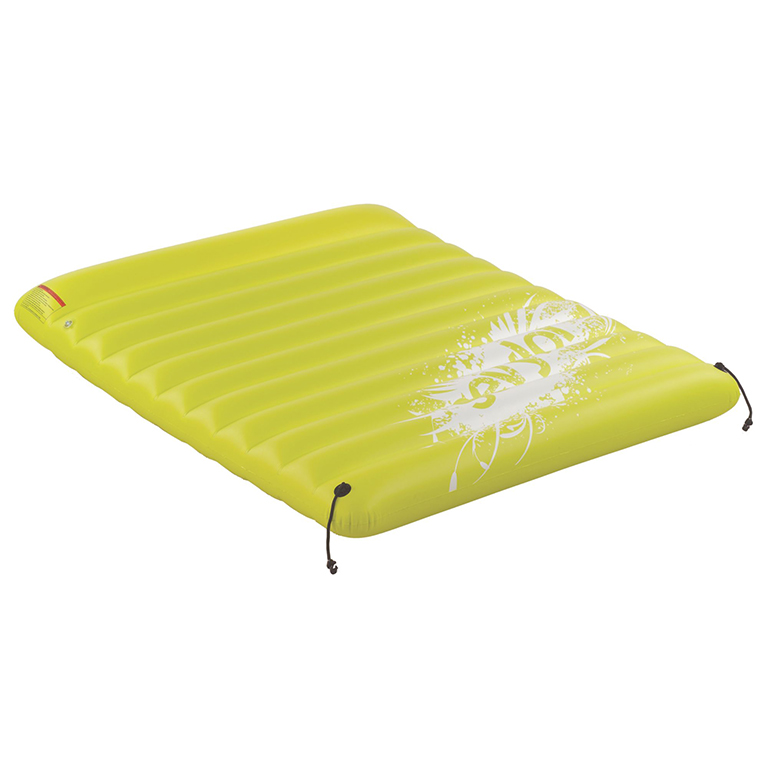WATER SPORTS 101
Bring History to Life
Canoeing and portaging are classic Canadian outdoor activities that allow for plenty of quality time on serene waters, to enjoy Canada’s natural majesty. This summer, channel your inner voyageur and bring Canadian history to life with a canoe trip on your local waters – like these adventurers on the Mattawa River!
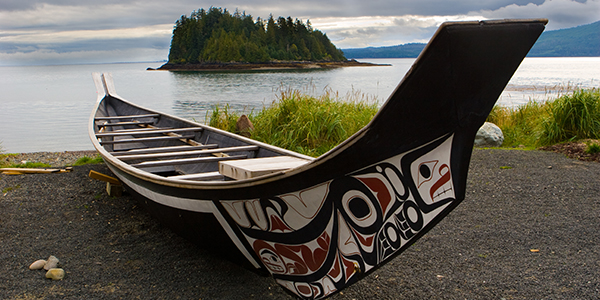
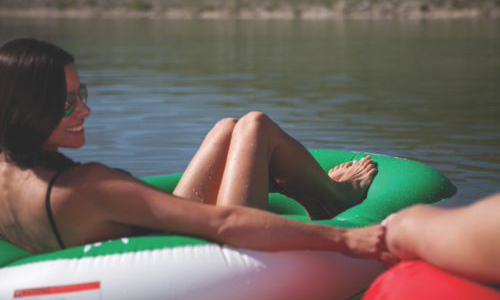
Totally Tubular
Whether you’re drifting down a lazy river, relaxing in a water hammock or being pulled behind a boat in a tube, nothing beats a great time out on the water. Sevylor has the lake floats you need for a splashing-good time on the water this summer.
Get BOATsmart
Canada is home to an estimated two million lakes across its vast terrain. In fact, it’s rumoured that Canada has more lakes than the rest of the world! With that said – how can you deny yourself, friends and family an opportunity to explore some of these great bodies of water? If you are planning to spend some time out on the water this summer, no matter what the activity, make sure you’re alert, safe and familiar with the rules of the water. Whether you’re out on motorboat, fishing or paddling along the shoreline, stay safe while having fun!
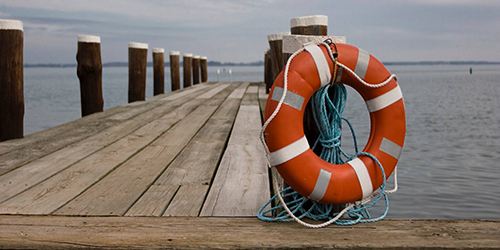
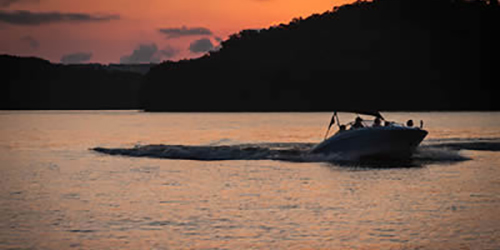
Water wise
Bob Izumi, professional Canadian angler and the host of Bob Izumi’s Real Fishing Show, will help you learn how to stay safe, chart your course and tips on how to save fuel. Bob’s tips of the week will help you become the captain in no time!
Safety first
One of the biggest safety hazards on the water today is a passenger wearing a PFD that is not sized properly. Fortunately this is easily remedied! Before heading out on the water, the dock or even the beach, be sure to learn how to properly size and fit lifejackets and PFDs. It could one day save your life or the life of a loved one!
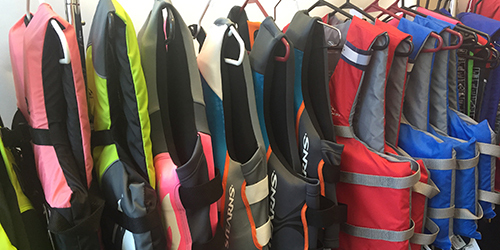
A personal flotation device, or PFD, is flotation which is often wearable in the form of a vest, and is intended to help water bound individuals stay afloat. According to the Canada Coast Guard, you must have enough Transport Canada approved PFDs aboard your recreational boat to outfit every rider. These PFDs must not only be marked with a TC approval number, but also must be the correct size for each wearer, easily accessible and in good, working condition. For each person on board, including those under the age of 13, you must have a approved PFD.
These days, personal flotation comes in a multitude of shapes, sizes and colors, including those made with added design features intended for long wear, cold water scenarios and calm or rough water. Because of the wide variety of PFDs now available, making the right choice is more important than ever. While shopping for flotation, you should take into account the boating you intend to do as well as the type of water environments you commonly encounter. Below you will find a breakdown of the five different PFD categories, explaining what makes each one unique and appropriate for specific use.
PFD: Special-use Devices
Special-use PFDs are restricted to specific water environments and usages, but can be greatly helpful given the conditions. PFD varieties include recreational, commercial, paddle sport, action sports, fishing/hunting, boardsailing vests, deck suits, work vests and hybrids among others. Always check the label and consider the PFD limitations before purchase or use.
Special-use PFDs are restricted to specific water environments and usages, but can be greatly helpful given the conditions. PFD varieties include recreational, commercial, paddle sport, action sports, fishing/hunting, boardsailing vests, deck suits, work vests and hybrids among others. Always check the label and consider the PFD limitations before purchase or use.
Inflatable PFDs
Made with streamlined bodies that internally house deflated buoyancy packs, hybrid PFDs are great for continuous wear and produce a high level of flotation when activated, either manually or automatically. Due to the compact design of hybrid PFDs, they may not adequately float wearers unless partially-inflated prior to entering the water. Most models also require active use and care of the inflation chamber in order to ensure reliable operation. This type of flotation must be worn to be considered as a regulation, TC-approved PFD and is not recommended for children and young adults under 16 years of age.
Made with streamlined bodies that internally house deflated buoyancy packs, hybrid PFDs are great for continuous wear and produce a high level of flotation when activated, either manually or automatically. Due to the compact design of hybrid PFDs, they may not adequately float wearers unless partially-inflated prior to entering the water. Most models also require active use and care of the inflation chamber in order to ensure reliable operation. This type of flotation must be worn to be considered as a regulation, TC-approved PFD and is not recommended for children and young adults under 16 years of age.
Offshore Life Jackets
This type of vest is the most basic, yet features high buoyancy to keep wearers afloat, even in open or rough water where rescue is often delayed. The highly visible color, in addition to its face-up design, which will turn most unconscious wearers face-up to prevent drowning, makes it extremely reliable. Although they perform well in hazardous water environments, Life Jacket can be bulky, making extended wear uncomfortable. Approved Department of Transport Canada Life Jackets are offered in child, youth and adult sizes.
This type of vest is the most basic, yet features high buoyancy to keep wearers afloat, even in open or rough water where rescue is often delayed. The highly visible color, in addition to its face-up design, which will turn most unconscious wearers face-up to prevent drowning, makes it extremely reliable. Although they perform well in hazardous water environments, Life Jacket can be bulky, making extended wear uncomfortable. Approved Department of Transport Canada Life Jackets are offered in child, youth and adult sizes.
Often times, boaters don’t wear PFDs when they should, complaining that they are too hot, uncomfortable, cumbersome – even unflattering. The truth is, in the event of a surprise submersion, chances are you won’t be able to put your PFD on and may risk losing it altogether. You may think most drowning occurs far out to sea, but you’d be wrong. The fact is, nine out of ten preventable drownings happen in populated, inland waters where rescue may be only moments away. To protect yourself, and the lives of those around you, purchase a PFD that you will actually wear – and stick to it.
When shopping for a personal flotation, choosing the correct size is crucial. Adult PFD sizing is based on chest diameter rather than weight (as with child PFDs). A correct fit is one which snugly conforms to your body, yet allows for ease of movement and prevents chafing. Every PFD features different foam placement designed to move with the body, some offering segmented foam covered in stretchable fabrics that substantially increase flexibility during wear. In addition to PFD flex, most feature straps and buckles intended to enhance adjustability, which not only increase comfort, but help attain a water-safe fit. The kind of material used within a PFD can range from general-use polyethylene foam (PE) and PVC, which is a durable, inexpensive polyvinyl-chloride foam, to more specialized NBR and Aquafoam™ foam fillers. Women should look for female-specific cuts rather than unisex styles which accommodate larger bust lines and longer torsos with added design elements like princess seams and contoured holding.
Infant, Child and Youth PFDs
As with adult PFDs, child flotation should fit snugly and offer added adjustability to accommodate smaller wearers. Once a type, size and style has been chosen, test your child’s PFD in the water before actual use to gauge correct fit so that he/she stays afloat with chin up and out of the water.
As with adult PFDs, child flotation should fit snugly and offer added adjustability to accommodate smaller wearers. Once a type, size and style has been chosen, test your child’s PFD in the water before actual use to gauge correct fit so that he/she stays afloat with chin up and out of the water.
Kids’ PFD sizing differs from that of adults’, and is measured by weight, not chest size. Infant PFDs range from 20-30 pounds (9-14 kg) , child PFDs from 30-60 pounds (14-27 kg) and youth models from 60-90 pounds (27-41 kg). For small children and infants, special features like padded head support, leg straps and grab handles are beneficial in keeping them face-up, helping to ensure their PFD stays on and makes retrieval from the water easier.
It is important to remember that children often dislike the restriction of PFDs, but that with the proper approach and set-up, you can prepare your child in the event of an emergency. Because a child’s weight is distributed differently than an adult’s, wriggling, panicked children can put additional strain on their PFDs, making it harder to stay afloat. Remember to familiarize your little one with their personal flotation ahead of time, even encouraging them to wear it to the pool or around the house. Many parents make a game of it and offer rewards to promote correct wear.
While PFDs are especially important for use with children, they are not to be substituted for adult supervision, which should always be present and act as the first line of defense in avoiding unwanted water contact.
Once you’ve chosen a PFD size, follow the steps below to help ensure a successful fit:
-
Unsnap buckles and completely loosen all straps, then put the PFD on.
-
If the PFD has a zipper, first zip it up, then, beginning at the waist, tighten all straps adequately, without unnecessary squeezing or bunching of material. If the PFD has adjustable shoulder straps, tighten them last and tuck in any loose ends to prevent snags.
-
Once on, have someone firmly pull up on the shoulders of the vest. If it is able to be pulled over your nose or head, the PFD is too loose. If this occurs, tighten the straps again. If the PFD can still be pulled up to your nose after several adjustments, it is too large. Pick a smaller size and start the process again.
-
If possible, test your PFD in a pool before venturing out to see how it will perform while simulating any repeated movements you intend to do during wear, including paddling, reaching, bending or jumping.
-
While in the water, if you notice you are struggling to keep your chin above the surface or can’t tilt your body to easily float on your back, choose a PFD with higher buoyancy.
Note: A PFD may not react the same in choppy or open ocean as it will in calm water.
Colour
Many stylish colors and patterns are available for purchase, but remember to base your choice not only on appearance, but also by keeping in mind the kind of water environments you plan to frequent. Yellow and orange are highly visible colors that stand out amongst dark water, while neutrals, white and black, do not. Light colors refract more sunlight for cooler wear, while dark colors absorb and retain heat.
Many stylish colors and patterns are available for purchase, but remember to base your choice not only on appearance, but also by keeping in mind the kind of water environments you plan to frequent. Yellow and orange are highly visible colors that stand out amongst dark water, while neutrals, white and black, do not. Light colors refract more sunlight for cooler wear, while dark colors absorb and retain heat.
Storage
Depending on the way you intend to use your PFD, you may require ample storage. Pleated pockets, webbing, lash tabs and hooks may be in order for a long day of fishing, while just a zippered pocket or two will suffice for recreational boating use. In either case, make sure you have enough built-in storage to accommodate items like whistles, foodstuffs, flares, compasses, binoculars, sunglasses and pocket knives.
Depending on the way you intend to use your PFD, you may require ample storage. Pleated pockets, webbing, lash tabs and hooks may be in order for a long day of fishing, while just a zippered pocket or two will suffice for recreational boating use. In either case, make sure you have enough built-in storage to accommodate items like whistles, foodstuffs, flares, compasses, binoculars, sunglasses and pocket knives.
Reflective
Reflective tape is another useful feature often seen on upgraded PFDs. Reflective tape, including regulation SOLAS-grade, is helpful during an emergency as it increases a wearer’s visibility, even during dusk and evening hours, when light bounces off the PFD’s reflective piping.
Reflective tape is another useful feature often seen on upgraded PFDs. Reflective tape, including regulation SOLAS-grade, is helpful during an emergency as it increases a wearer’s visibility, even during dusk and evening hours, when light bounces off the PFD’s reflective piping.
Breathability
One added element to consider when buying a PFD is if it features mesh integration that is designed to enhance breathability and speed the evaporation of sweat. This is good for wearers who plan to engage in activities that require a high level of physical exertion, as during canoeing and kayaking.
One added element to consider when buying a PFD is if it features mesh integration that is designed to enhance breathability and speed the evaporation of sweat. This is good for wearers who plan to engage in activities that require a high level of physical exertion, as during canoeing and kayaking.
Buoyancy
In PFD design, buoyancy is the force, measured in pounds, necessary to keep an individual’s head and chin above the water’s surface. Adults generally need seven to twelve pounds of buoyancy to stay afloat. Many factors, including a wearer’s weight, body fat ratio, lung size, attire and water conditions play a part in how much buoyancy is needed to effectively keep a person above water. As a general rule, the more physically fit someone is, the more buoyancy is required to keep them afloat. To test the buoyancy of a PFD, tilt your head back while wearing it in the water and relax your body. Your chin should be well above the water without water lapping over your face or mouth. If your chin is not above the water level, select another model with more buoyancy. If your stomach is larger than your chest, ride-up may occur, but in any other case, this shouldn’t happen.
In PFD design, buoyancy is the force, measured in pounds, necessary to keep an individual’s head and chin above the water’s surface. Adults generally need seven to twelve pounds of buoyancy to stay afloat. Many factors, including a wearer’s weight, body fat ratio, lung size, attire and water conditions play a part in how much buoyancy is needed to effectively keep a person above water. As a general rule, the more physically fit someone is, the more buoyancy is required to keep them afloat. To test the buoyancy of a PFD, tilt your head back while wearing it in the water and relax your body. Your chin should be well above the water without water lapping over your face or mouth. If your chin is not above the water level, select another model with more buoyancy. If your stomach is larger than your chest, ride-up may occur, but in any other case, this shouldn’t happen.
Inflatable PFDs, although intended to increase the buoyancy of wearers to promote water safety, are quite different than their inherently buoyant cousins. Inflatable PFDs are distinctive, enhancing wearer mobility and comfort via their streamlined shape, and can produce substantial inflation when triggered. As many boaters have heard time and time again, the best kind of PFD is the one you will actually wear. If you are over the age of 16, can swim and do not intend to wear your PFD onboard personal watercraft, (for which they are not approved) an inflatable PFD might just be the thing for you.
How they Work
Replaceable CO2 gas cylinders allow inflatable PFDs to quickly inflate, either manually by tugging on the attached pull-tab cord (piercing the CO2 cartridge inside), or automatically, when the water-sensitive bobbin dissolves due to submersion and triggers the puncturing of the cylinder. Inflatable PFDs can also be filled by blowing air into the attached oral inhalation tube, expanding the empty cavities inside. Once inflated, these PFDs offer up to twice the amount of buoyancy compared to traditional PFDs, turning some wearers face-up while also bringing the head and mouth up above the water even higher, helping to reduce water ingestion. One should always wear an inflatable PFD over, not under, clothing as doing so may affect the PFD’s capability to inflate, and, consequently, prevent it from functioning as intended. Manual units are best for those who believe there is a realistic chance they may end up in the water, but are confident they will be able to pull the trigger cord when needed. Kayakers, paddlers and fishermen may opt for manual models. On the other hand, if you don’t intend to go into the water, and want the added peace of mind that your inflatable will deploy even if you aren’t able to jerk the cord, an automatic model might be a better way to go.
Replaceable CO2 gas cylinders allow inflatable PFDs to quickly inflate, either manually by tugging on the attached pull-tab cord (piercing the CO2 cartridge inside), or automatically, when the water-sensitive bobbin dissolves due to submersion and triggers the puncturing of the cylinder. Inflatable PFDs can also be filled by blowing air into the attached oral inhalation tube, expanding the empty cavities inside. Once inflated, these PFDs offer up to twice the amount of buoyancy compared to traditional PFDs, turning some wearers face-up while also bringing the head and mouth up above the water even higher, helping to reduce water ingestion. One should always wear an inflatable PFD over, not under, clothing as doing so may affect the PFD’s capability to inflate, and, consequently, prevent it from functioning as intended. Manual units are best for those who believe there is a realistic chance they may end up in the water, but are confident they will be able to pull the trigger cord when needed. Kayakers, paddlers and fishermen may opt for manual models. On the other hand, if you don’t intend to go into the water, and want the added peace of mind that your inflatable will deploy even if you aren’t able to jerk the cord, an automatic model might be a better way to go.
Maintain to Inflate
Sometimes, buyers are hesitant to purchase inflatable PFDs, fearing that the automatic inflation will malfunction due to rain or humidity. With regular care however, accidental inflation is rare and preventable. As with traditional PFDs, inflatables should be stored in dry, well-ventilated areas away from excess moisture and direct sunlight. This will keep the water-sensing element in good shape. Once a cartridge is spent, an inflatable PFD must be rearmed by replacing the CO2 cartridge before its next use, otherwise the PFD will not be able to inflate except via the inhalation tube. Annual replacement of the bobbin, regardless of use, is recommended to help ensure safe, reliable operation. In addition to annual bobbin replacement, users should breath-inflate the internal cavity, again through the inhalation tube, and let the PFD sit overnight to check for leakage. Before use, always check to see if: 1) the PFD is properly armed (refer to your owner’s manual for more details); 2) it is free of rips, tears or holes; and, 3) the fabric, straps and hardware are secure and in good condition.
Sometimes, buyers are hesitant to purchase inflatable PFDs, fearing that the automatic inflation will malfunction due to rain or humidity. With regular care however, accidental inflation is rare and preventable. As with traditional PFDs, inflatables should be stored in dry, well-ventilated areas away from excess moisture and direct sunlight. This will keep the water-sensing element in good shape. Once a cartridge is spent, an inflatable PFD must be rearmed by replacing the CO2 cartridge before its next use, otherwise the PFD will not be able to inflate except via the inhalation tube. Annual replacement of the bobbin, regardless of use, is recommended to help ensure safe, reliable operation. In addition to annual bobbin replacement, users should breath-inflate the internal cavity, again through the inhalation tube, and let the PFD sit overnight to check for leakage. Before use, always check to see if: 1) the PFD is properly armed (refer to your owner’s manual for more details); 2) it is free of rips, tears or holes; and, 3) the fabric, straps and hardware are secure and in good condition.
Although life jackets are generally easy to care for and can last many seasons with proper attention, there are a few dos and don’ts that will help ensure your PFDs stay in good working condition. Perform these checks bi-annually and at the start of every boating season.
Dos
- Examine your PFD before use to check for rips and fraying, while looking to see if hardware, seams and straps are in suitable condition. Tug at the straps and close and release the buckles to ensure they are also in good shape.
- Look for signs of mildew, waterlogging (the absorption of water), shrinkage or severe fading. If detected, replace your PFD.
- Write your name somewhere on the PFD so it is easily identifiable and will not get mistaken for someone else’s.
- Rinse with fresh water after wearing to remove salt deposits and other impurities.
- Hang dry before storing in a cool, ventilated spot away from direct sunlight
- Protect the safety of others by cutting-up old vests before throwing them out so that should someone find them, the PFDs will be unusable.
- If you own an inflatable PFD, replace spent air cartridges once they have been used.
Don’ts
- Don’t wear it with heavy or sharp items in the pockets, which may puncture or challenge the buoyancy so you don’t float as well.
- Don’t tailor your PFD. By doing so, you void the USCG approval and alter the buoyancy, changing the effectiveness of the flotation. If your PFD doesn’t fit, get one that does. A PFD that is cut or altered may not help save your life.
- Don’t apply heavy weight to your PFD by kneeling or standing on it or by using it as a boat fender. Pressure like this will crush the foam within, resulting in loss of buoyancy.
- Don’t leave your PFD onboard a boat not in use for an extended period of time. This exposes it to sunlight and dry conditions that may weaken it.
- Don’t clean a PFD with harsh detergents or attempt to dry clean.
- Don’t dry your PFD in the dryer, on a heater or within contact of any other direct heat source as this can damage the foam inside.

Row, row, row your boat
Too often we get caught up with the latest fitness trends instead of trusting those tried and true. Kayaking is one of those activities that will put you in the heart of nature. There is no better way to experience the wilderness first-hand. If you can, take the opportunity this summer to soak up the sun in the comfort of a canoe or kayak. If you’re in or headed to BC and looking for your next adventure, let us help you out. Click here for freshwater canoeing and kayaking opportunities in BC Provincial Parks.
Time to get wet
Jumping in the lake or pool on a hot summer’s day is easily one of the most refreshing things you can do to cool off. But before you jump off that dock or diving board, you always want to make sure the water you are swimming in is safe and clean. Camping in Quebec provides you with tips on healthy swimming and bathing in all types of water to ensure that you enjoy your dip!
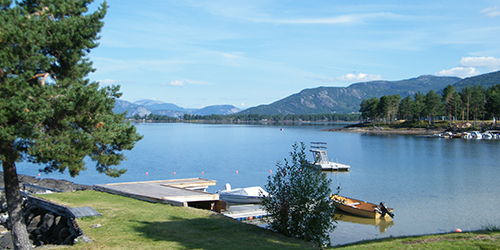
Paddling: Good for the mind and body
Just when we thought nothing could top the “good for you” news about chocolate… research shows that paddling is good not only for our physical health, but for our mental health as well! For some inspiration on where to get your oars wet, the Ontario Parks blog features endless paddling opportunities. Explore a marsh, meander down a river, or plan a whitewater adventure!
Add a splash of healthy activity this summer
Whether you walk through the waves or dive off the dock, there really isn’t a better way to cool off than going for a dip. To escape the sweltering summer heat, cool off in one of Ontario’s many lakes! Swimming is not only child’s play or summer fun, it actually provides a refreshing total body workout benefiting both your physical and mental health. Find a swimming area near you and make a splash this summer!
LAKESIDE ADVENTURES
From sea to sea, Canada has a wealth of natural bodies of water that allow Canadians to explore beyond the campsite. After compiling the favourite lakeside and paddling locations submitted by Coleman Canada’s Facebook Fans, here are six top locations to paddle, canoe or kayak your way to a great time outdoors!
Broken Islands, British Columbia
Broken Islands offers some of the best kayaking in Canada, featuring crystal clear waters and mountainous scenery. There are even sunset kayak tours offered that will help start your evening off right.
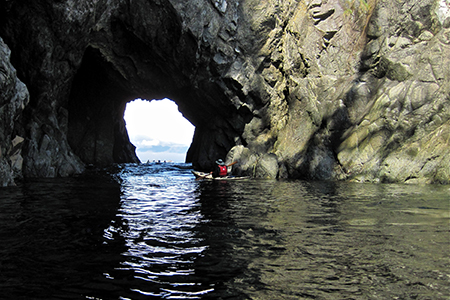
Grand River - The Oxbow, Ontario
The Grand River, located just outside of Hamilton, is perfect for those looking for a quick day trip to escape the bustle of the city. Suitable for the novice canoer, this route is fun for adventurers of all ages.

Gros Morne National Park, Newfoundland
The fjord in Bonne Bay at Gros Morne National Park is a kayaking fan favourite, offering views of impressive mountains, secluded coves and picturesque beaches. For beginner kayakers, there are guided tours available to ensure you see all of what Bonne Bay has to offer.
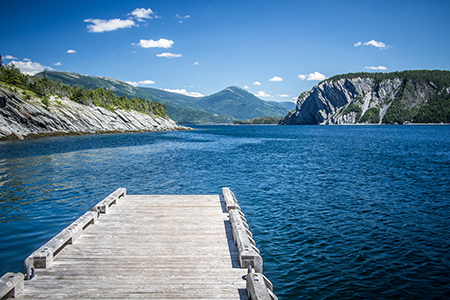
Lakeland Provincial Park, Alberta
With multiple canoe circuits to explore and beautiful sights to see, Lakeland Provincial Park will keep the whole family busy on the water for any summer or autumn visit.
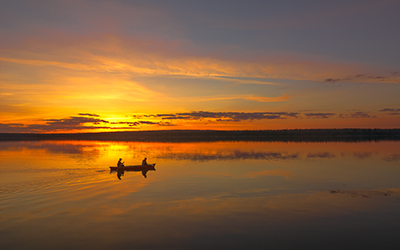
Algonquin Provincial Park, Ontario
One of the most popular outdoor destinations in Ontario, Algonquin Provincial Park is filled with hidden gems. From week-long portage trips to a day of kayaking with the family, Algonquin has something to offer everyone.

Johnstone Strait, British Columbia
Johnstone Strait serves as a popular launch spot for kayakers because of its whale spotting opportunities. It was even ranked number two on Lonely Planet’s top 100 list of Canadian adventures!
